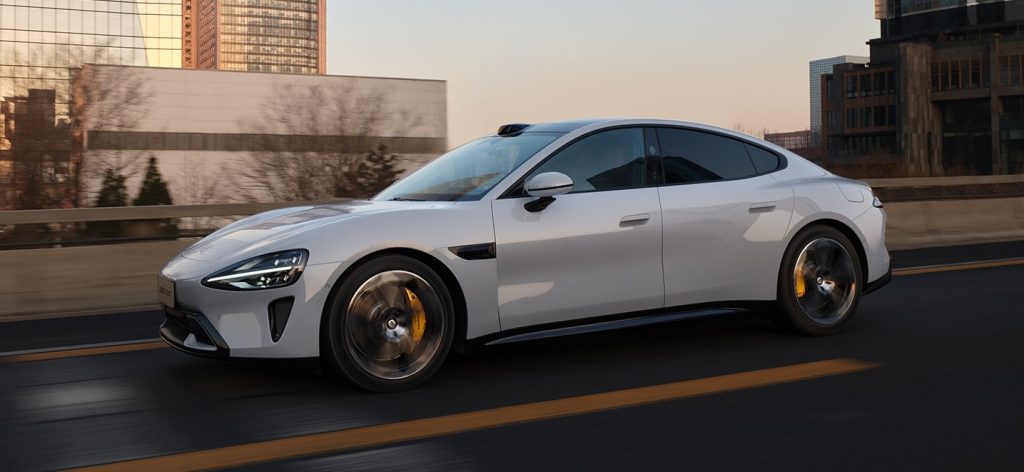Xiaomi is holding daily Q&A sessions to address user inquiries about the new Xiaomi SU7 electric car. Here’s a breakdown of some key topics covered…
The company is also ramping up production for the SU7 EV
Delivery: Production is ramping up, with deliveries of the non-foundational versions (SU7 and SU7 Max) expected in late April. The SU7 Pro will follow in late May.
Privacy and In-Car Video: While the car can record video for security purposes (Sentry Mode), these recordings are blurred when accessed remotely via the app to protect privacy. Inside the car, the footage remains unblurred for easy viewing.

Electric Tailgate Control: The SU7 Pro lacks physical buttons for the tailgate. Users can control it with voice commands (“open the tail wing”) through the car’s AI assistant (Xiao Ai) or by adjusting settings on the central touchscreen.
Hardware Modifications: Xiaomi discourages any unauthorized hardware modifications, citing potential safety and quality risks. The car’s original hardware has undergone rigorous testing to ensure reliability and performance.
Track Driving: Xiaomi advises against attempting extreme driving like track racing. Track conditions put immense stress on the car’s components, requiring professional maintenance and expertise.
Braking Performance: The SU7 Max uses NAO friction pads, a mainstream choice that balances noise and performance for everyday driving. It meets national standards and delivers an industry-leading 100km/h to 0 braking distance of 33.3 meters.
SiC Silicon Carbide Platform: This refers to the power modules used in the SU7. Compared to traditional silicon (Si) IGBTs, SiC offers higher efficiency due to lower switching losses. While more expensive, Xiaomi utilizes SiC throughout the SU7 (motor, charger, air conditioning compressor) for optimal energy efficiency. This is one of the factors contributing to the SU7’s low energy consumption.
RELATED:
- Xiaomi unveils Mijia Desk Lamp 2: Offers bigger lamp head, better illumination & HyperOS
- Xiaomi’s New Smart Camera is Perfect for Parents with Crying Babies
- Get $100 OFF on Xiaomi 14 Pro at Giztop (1TB Variant)
- Lenovo Legion Y700 2023: Save $100 on this 8-inch gaming Android tablet
- Best of MWC 2024: AI Phone, Transparent Laptop, 3D Tablet & More
(Via)







